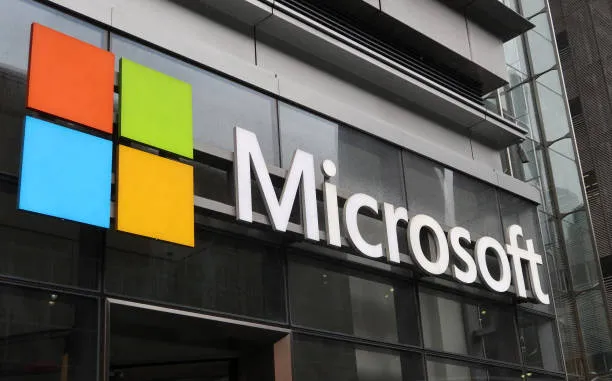As the October 14, 2025, end-of-life deadline for Windows 10 rapidly approaches, Microsoft is intensifying its efforts to transition the remaining 400 million users to Windows 11. This push comes with a mix of incentives, potential forced upgrades, and significant implications for users with older hardware. This article delves into the current state of Windows migration, the challenges faced by both Microsoft and its users, and what the future holds for the vast Windows ecosystem.
The Urgency of Upgrade: Why Microsoft is Pushing Hard
Microsoft’s strategy to move users to Windows 11 is multifaceted. The company has already demonstrated a willingness to forcibly install updates, as seen with the new Outlook client and Windows 11 24H2 for unmanaged Home and Pro editions. A critical confirmation of this approach came last year with the auto-installation of the KB5001716 patch on Windows 10 PCs, which warned of potential forced feature updates for devices nearing or past their end-of-support date.
The primary driver behind this aggressive push is the impending end of free support for Windows 10. While users can extend support for an additional year by paying $30, the long-term solution for security and feature updates lies with Windows 11. This deadline creates a significant impetus for businesses and individual users alike to consider their upgrade options.
The Current State of Windows Migration
Recent data indicates a significant shift in the Windows OS market. After months of inertia, millions of Windows 10 users are finally upgrading to Windows 11. As of June 24, 2025, both Windows 10 and Windows 11 reportedly hold an equal market share of 47.65%. This marks a substantial milestone for Microsoft, as Windows 11 has closed a 10% gap in just three weeks.
However, the migration is not without its complexities. While the consumer market is seeing a surge in upgrades, the business sector is also contributing to the shift, particularly in desktop sales. In April and May of 2025, distributors and resellers across Europe shipped 22% more desktops to enterprise customers, leading to a 17% year-on-year increase in revenue. This surge is attributed to commercial refresh cycles and the looming Windows 10 end-of-support deadline.
The Challenge of Incompatible Hardware
A significant hurdle in Microsoft’s upgrade ambitions is the estimated 240 million Windows 10 PCs that are not capable of a free upgrade to Windows 11. These machines, often with older CPUs or lacking TPMs, cannot be forcibly upgraded and will require users to either pay for the 12-month security update extension or invest in new hardware.
This hardware incompatibility has been a known factor slowing down the migration. Executives from major PC manufacturers like Dell and HP have acknowledged the delayed refresh cycles but also see the Windows 10 expiration as a catalyst for growth. The push for new
Copilot PCs, equipped with dedicated NPUs, is a clear indication of Microsoft’s long-term vision, even though customer demand for AI-ready notebooks is currently driven more by vendors than actual user pull.
The AI PC Push and Market Dynamics
The push for new Copilot PCs is a significant part of Microsoft’s strategy to
secure the future of its operating system. These AI-ready machines, while currently facing challenges in terms of widespread adoption due to a lack of a ‘killer app’ and higher prices (10-20% more expensive than traditional devices), represent the next frontier for Windows. The market is seeing a subtle shift, with AI devices quietly building momentum in the commercial space, even if vendor push currently outweighs direct customer demand.
Navigating the Transition
The coming months will be crucial for the Windows ecosystem. While Microsoft is making significant strides in migrating users to Windows 11, the challenge of incompatible hardware and the slower-than-expected adoption of AI PCs remain. Users of Windows 10 face a clear choice: upgrade to Windows 11, pay for extended support, or invest in new hardware. The data suggests that many are choosing the former, but the journey to a fully Windows 11-centric world is still ongoing.



Pingback: Akool: An In-depth Look at the AI-Powered Content Creation Platform -
Pingback: Revolutionary Bone Glue: Chinese Scientists Achieve Instant Bone Repair - Pkpure kanxa